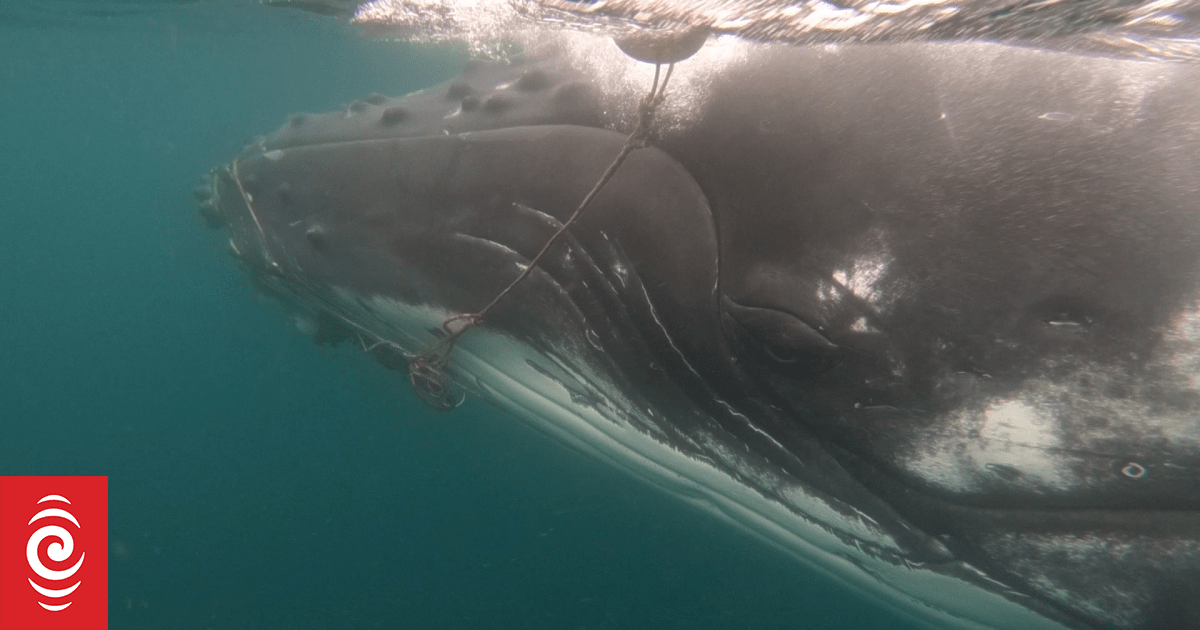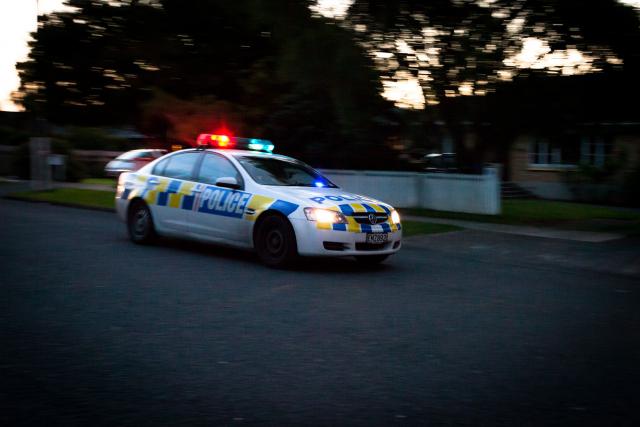Associate Minister for the Environment James Shaw addresses the audience at Te Ahurea Kororipo Heritage Park in Kerikeri. Photo / Michael Cunningham
Stronger protection for New Zealand’s threatened biodiversity has taken a step forward as Government Minister James Shaw launched the National Policy Statement for Indigenous Biodiversity in Kerikeri – two years after thousands of people expressed their anger at a hīkoi in Kaikohe.
Kerikeri’s Ngati Rehia hosted a gathering of about 50 people for the launch of the National Policy Statement for Indigenous Biodiversity (NPSIB) at Te Ahurea-Kororipo Heritage Park in the Kerikeri Basin on Friday.
Associate Minister for the Environment Shaw told those present that holding the launch in Kerikeri represented stepping into the hīkoi’s challenge. In June 2021, around 2000 protesters – including farmers and Māori – marched to Far North District Council (FNDC)’s head office from around Northland expressing their anger at the Government’s push for councils to protect biodiversity on private land.
/cloudfront-ap-southeast-2.images.arcpublishing.com/nzme/AN75CE55XFCYPHZIAJT2NQZCFY.JPG)
The hīkoi was one of Northland’s largest marches, and its organiser Hinerangi Himiona (Ngāphui nui tonu), from Te Ahuahu in the Mid North, was at Friday’s launch. She said the new policy statement showed the Government was working more closely with Māori on biodiversity protection.
Advertisement
Himiona said Māori were already closely involved with indigenous biodiversity protection in Northland.
Ngāti Rēhia leader Nora Rameka said the launch was a positive move as the new NPSIB provided support for the interrelated biodiversity protection and climate change mitigation work Ngati Rehia was already doing, such as the Takou kauri sanctuary where thousands of kauri are being planted to provide a kauri dieback-free biodiversity reservoir. Its funding includes $6.25 million from the Government’s One Billion Trees Fund in 2020.
/cloudfront-ap-southeast-2.images.arcpublishing.com/nzme/7US2O627V5EL3BMAIP4A26RG7Y.JPG)
Shaw said a lot of work had been done on the NPSIB since the hīkoi and it involved a more collaborative approach to biodiversity protection.
Under the now legally-gazetted NPIS, Northland Regional Council (NRC) is required to work with FNDC, Kaipara District Council (KDC), Whangārei District Council (WDC) and others to develop a regional restoration strategy and plans for Significant Natural Areas (SNAs) to protect biodiversity within five years from August 4.
Advertisement
Northland has been chosen as one of three Government co-funded pilot regions – along with Tairāwhiti and Southland – for working on biodiversity protection under the new policy framework.
Shaw said the one-year pilot would build on Restoring Northland’s biodiversity mahi, linking councils, hapū, Ministry for the Environment, the Government and others already protecting biodiversity, showing what worked well and what needed further support.
Reconnecting Northland general manager Eamon Nathan (Te Roroa) said a te kete hononga (basket of relationships) approach was the foundation of building connections between those involved in protecting biodiversity and those working in this area.
/cloudfront-ap-southeast-2.images.arcpublishing.com/nzme/F34WR6HBEVAR5JVTZOZP6J5LFE.JPG)
Omāpere’s Thalia Tane (Te Roroa, Ngāti Whātua, Ngāti Korokoro) has been appointed as Northland’s regional biodiversity co-ordinator under the pilot.
Shaw said the NPSIB addressed weaknesses in the 30-year-old Resource Management Act that required councils to protect biodiversity but did not provide guidelines on how to do this or support for that to happen.
NRC chairwoman Tui Shortland said the launch was a “recognition and celebration of the invaluable contributions of indigenous people in Northland, New Zealand and beyond in safeguarding biodiversity”.
FNDC Deputy Mayor Kelly Stratford was a councillor when the hīkoi took place. She was pleased things had moved on since that time when there had been incorrect FNDC SNA mapping and no community consultation.
Stratford said the NPSIB was good for all New Zealand councils as it took away the RMA uncertainty about what councils should be doing around biodiversity.
Shaw also launched the concept of biodiversity credits and called for public feedback on these, which closes on November 3.
Credits can be bought by the philanthropic, corporate and community to invest in biodiversity, funding long-term on-the-ground conservation and nature restoration. The credits help recognise farmers and other landowners, hapū and iwi for their stewardship of nature and resource them to go further.
Advertisement
- Local Democracy Reporting is Public Interest Journalism funded through NZ On Air



